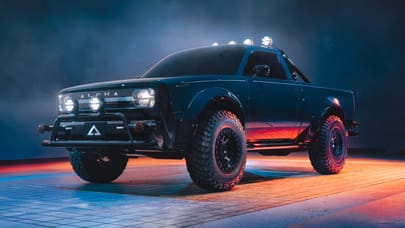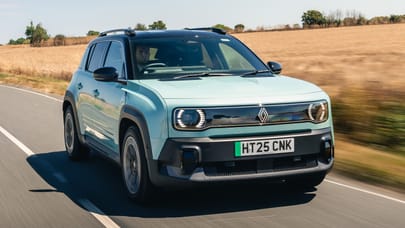
Can Huawei's next-gen EV battery really claim 1,800 miles of range?
The solid-state chemists have been tinkering with nitrogen dope this time, but its claims of 2,000/3,000km might be a little... speculative
A Chinese company called Huawei has received patent approval for a solid-state battery chemistry that some media is claiming supports a range of around 3,000km and a charge time of five minutes. Wait, what?
Those claims come from the fact the scientists have produced a Li-S solid-state battery, where the solid sulfide-based electrolyte – together with a lithium-metal anode – offers better ionic conductivity and decent energy density.
The chemistry is then doped (their word, not ours) with nitrogen from cyanide to reduce side reactions that result in pesky dendrite formation. That’s like plaque build-up, which eventually causes all batteries to fail.
These added elements clean up the contacts, meaning the main chemicals can continue reacting, aiding the charging cycle rate, and keeping temperatures lower than in conventional batteries. Those clever folk in lab coats are targeting an energy density upwards of 400Wh/kg, and might reasonably get a solid-state battery to 600Wh/kg.
And that, kids, is the figure being extrapolated to get to that magic 3,000km mark. Realistically speaking, 1,800 miles on one charge is not, well... realistic.
The energy required to drive 1,800 miles would need a whopping 500kWh battery (on current consumption rates). If the Huawei scientists manage to reach an energy density of even 500Wh/kg, then that battery would weigh a literal tonne - roughly 1.5x the total weight of the 93kWh battery in the Porsche Taycan. For context, the Taycan battery's current energy density is 169Wh/kg, with a range of only 300 miles.
As for those five-minute 'blaze-charging' claims? That's a whole infrastructure conversation for another time. Whether these things will be possible in the future is yet to be seen, but for now, best to heed caution...
Top Gear
Newsletter
Thank you for subscribing to our newsletter. Look out for your regular round-up of news, reviews and offers in your inbox.
Get all the latest news, reviews and exclusives, direct to your inbox.
Trending this week
- Car Review
BMW iX3








